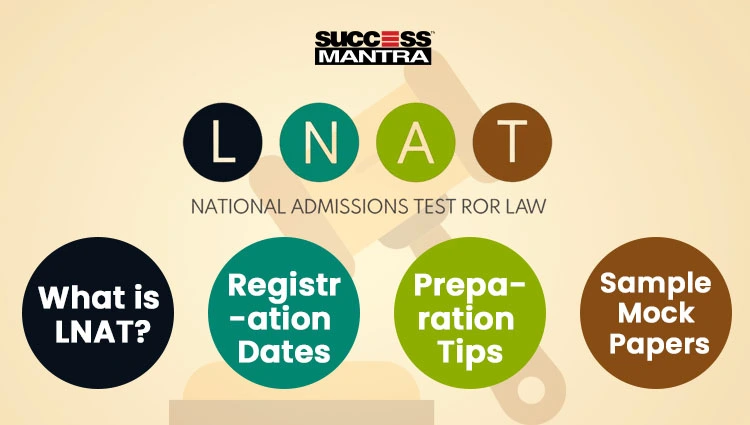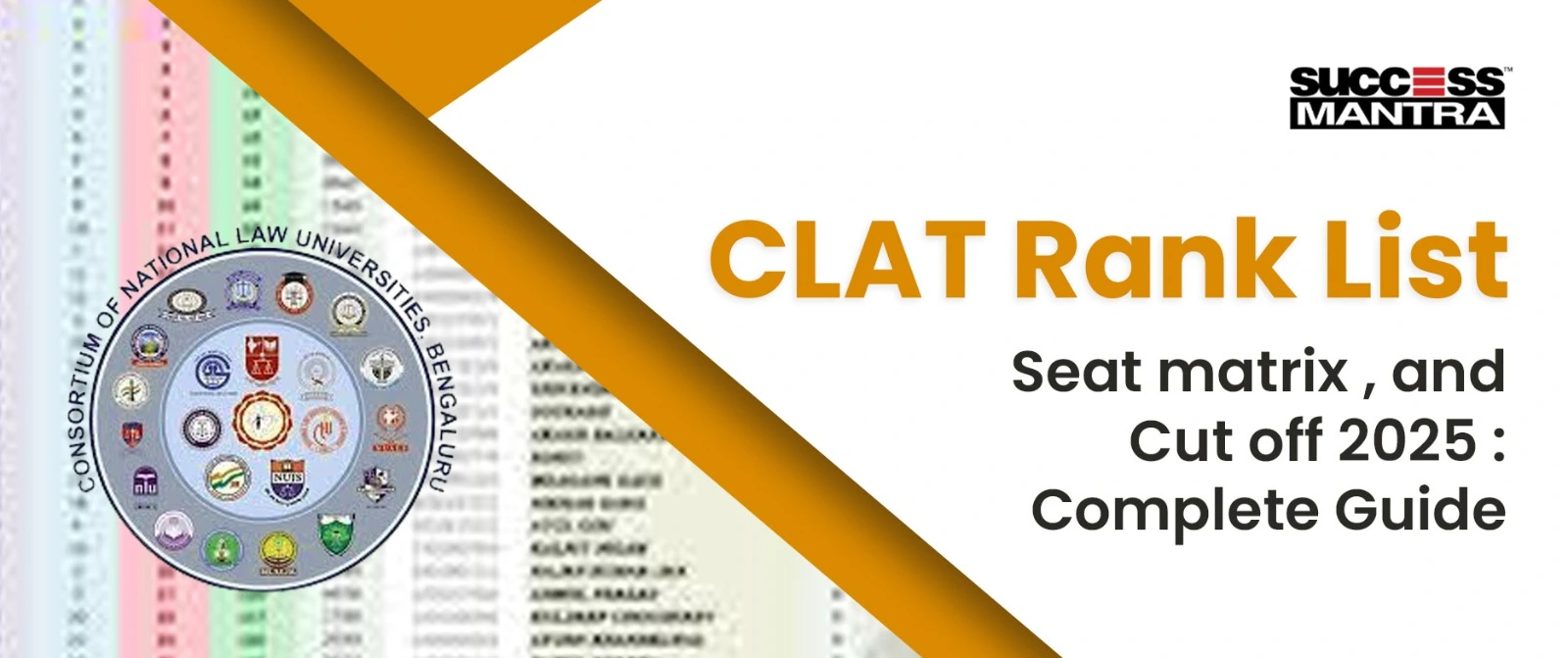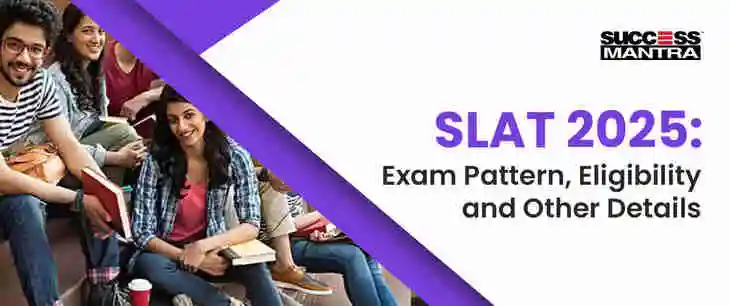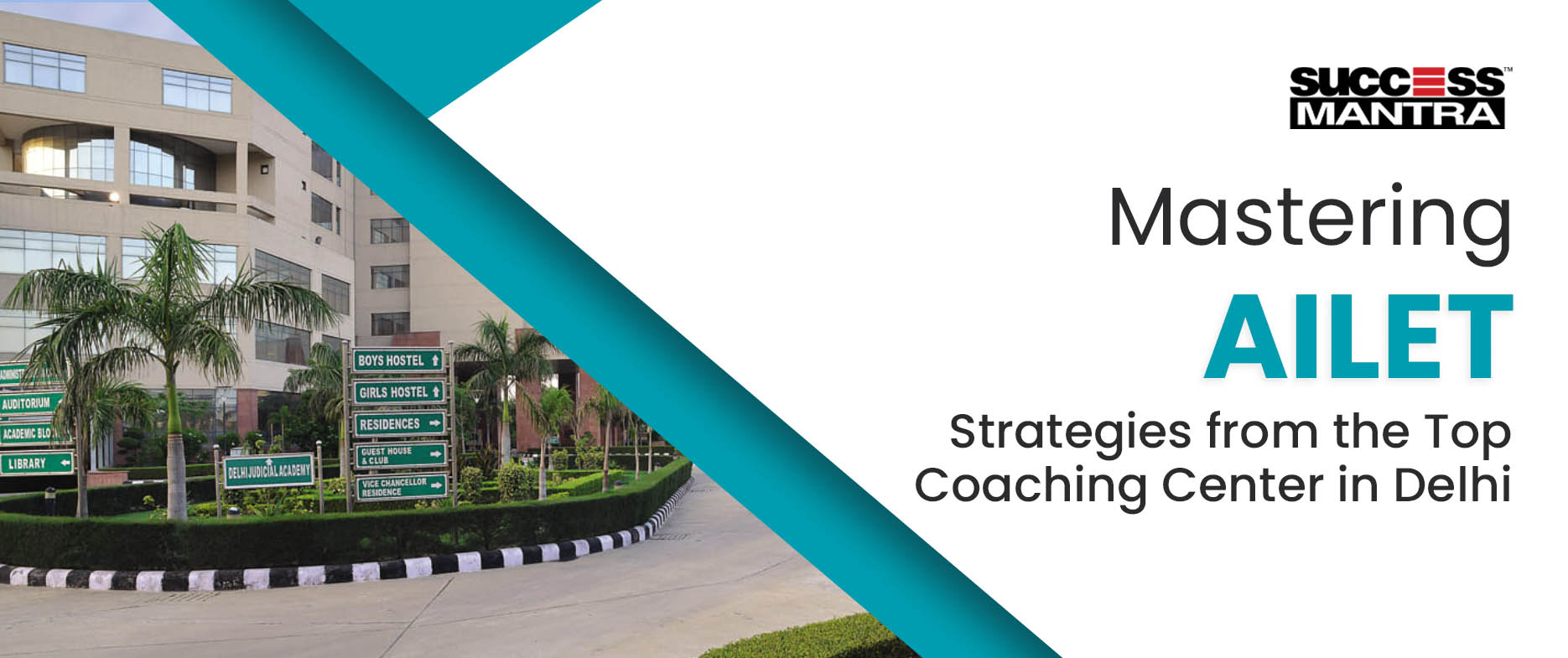GK COMPLETE STUDY NOTES ON ECONOMY
ECONOMY
India is a mixed economy. This means that India is a mix of socialistic and capitalistic economy where the public sector led by the Government co-exists alongside the private sector.
Major agricultural revolutions in India

| Green Revolution |
Technology was used to increase the output of food grains.
Father of the Green Revolution – Dr Norman Borlaugh
|
| White Revolution / Operation Flood |
Launched by National Dairy Development Board (NDDB) in 1970. It made India the largest producer of milk in the world.
Father of White Revolution – Verghese Kurien
|
| Blue Revolution | Fish Production. Improvement in aquaculture by adopting new techniques of fish breeding, rearing, marketing and export. |
| Yellow Revolution | Development of new varieties of oilseeds led to rise in production of oilseeds. |
| Black Revolution | Petroleum and petroleum products |
| Grey Revolution | Fertilizers |
| Silver Revolution | Poultry farming |
| Pink Revolution | Prawns |
| Round Revolution | Potato |
| Golden Revolution | Fruits |
Economic Planning in India
In India, major economic decisions are made by an authority after studying the economy as a whole. For this purpose, the Planning Commission was established in 1950 as an extra-constitutional, non-statutory body. The first Five Year Plan of India was based on the Harrod-Domar Model. The last five year plan is the 12th Five year plan for the period 2012-2017.
The National Development Council (NDC) is a decision-making body on matters of development. It was established in 1952 to advise the Planning Commission in the formulation of national plans. Prime Minister is the Chairman of the NDC.
Major Government Schemes
- Pradhan Mantri Gram Sadak Yojana was launched in 2000 to provide road connectivity through good all-weather roads to unconnected populations in rural areas.
- Prime Minister Rozgar Yojana was introduced in 1993 to provide opportunities of self-employment to unemployed youth and women. Under this scheme, unemployed youth and women from a disadvantaged background were provided credit to encourage self-employment.
- Sarva Shikhsha Abhiyan was launched in 2000 to support and ensure 5 years of primary education for all children in the age group of 6-14 years.
- National Rural Employment Guarantee Act (NREGA) was launched in 2005 to ensure 100 days of guaranteed employment to every rural household in a financial year. It provides unskilled manual work to the adult member of the rural household. The NREGA was later renamed as the Mahatma Gandhi National Rural Employment Guarantee Act (MGNREGA).
- National Programme of Nutritional Support to Primary Education (NP-NSPE), popularly
- understood as Mid Day Meal Scheme was launched in 1995 to encourage student enrollment, retention and attendance in schools. It is a central government-sponsored scheme.
Indian Tax Structure

Direct Taxes
Income tax is levied on each individual based on his personal income under the Income Tax Act. Income tax is administered by the Central Board of Direct Taxes (CBDT) under the Ministry of Finance. Other direct taxes are Corporation tax (tax on a company based on its profits), Dividend Distribution tax (tax on the dividend that company pays to its shareholders) etc.
What is GST in India?
GST is an Indirect Tax which has replaced many Indirect Taxes in India. The Goods and Service Tax Act was passed in the Parliament on 29th March 2017. The Act came into effect on 1st July 2017; Goods & Services Tax Law in India is a comprehensive, multistage, destination-based tax that is levied on every value addition.
Under the GST regime, the tax will be levied at every point of sale. In case of intra-state sales, Central GST and State GST will be charged. Inter-state sales will be chargeable to Integrated GST.
GST will mainly remove the Cascading effect on the sale of goods and services. Removal of cascading effect will directly impact the cost of goods. Since tax on tax is eliminated in this regime, the cost of goods decreases.
There are 3 taxes applicable under this system
- CGST: Collected by the Central Government on an intra-state sale (Eg: transaction happening within Maharashtra)
- SGST: Collected by the State Government on an intra-state sale (Eg: transaction happening within Maharashtra)
- IGST: Collected by the Central Government for inter-state sale (Eg: Maharashtra to Tamil Nadu)
Important Industries associated with particular cities
| Industry | City/ State |
| Locomotive | Chittaranjan |
| Newsprint | Nepanagar |
| Katni | Cement |
| Pimpri | Penicillin |
| Sindri | Fertilizers |
| Visakhapatnam | Ship Building |
| Titagarh | Paper |
| Neyveli | Lignite |
| Khetri | Copper |
| Perambur | Rail Coach Factory |














